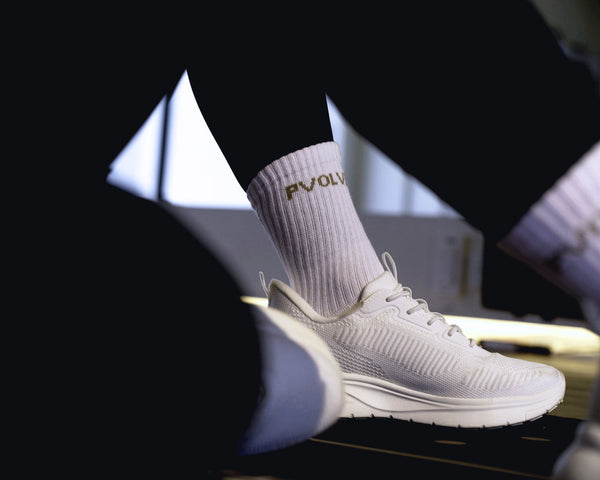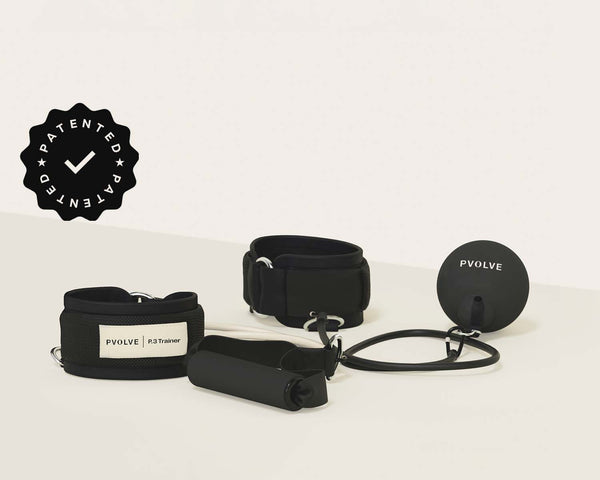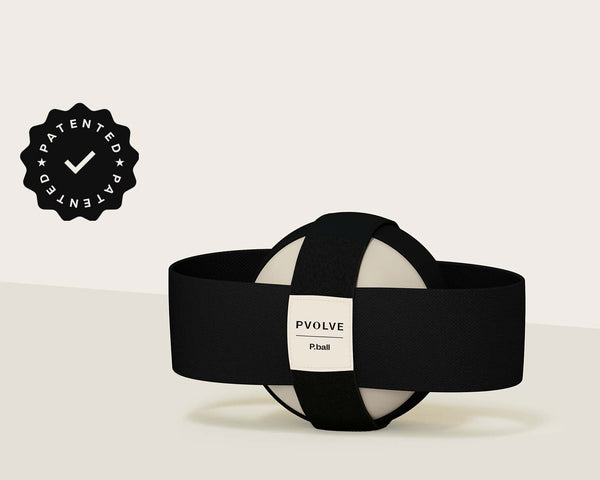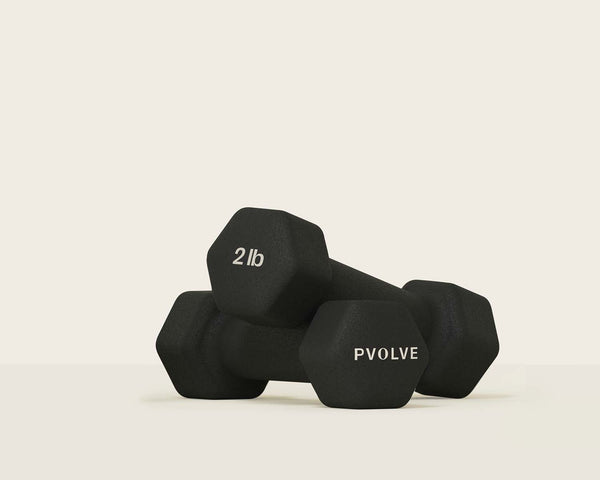No matter your stage of life, there are changes – physically, hormonally, or otherwise – that can leave you with questions. Figuring out what is happening in your body and how to adjust your routines to account for these changes can be daunting.
Perhaps one of the biggest and most well-known changes in a woman’s life happens during perimenopause and menopause, the time during which your body transitions to the end of your reproductive years.
As metabolism slows and bone density begins to decline, the Pvolve Method can be especially helpful. Our resistance-based equipment and functional movements can help build muscle to keep your metabolism working optimally, support cardiovascular health, combat menopause belly, and maintain bone density.
We tapped into our experts, Dr. Amy Hoover, Chief Physical Therapist and member of the Clinical Advisory Board and Antonietta Vicario, VP of Talent and Training, to learn more about what happens to our bodies during menopause, and how Pvolve can help.
Q: What are some of the changes someone might experience when going through menopause?
A: Dr. Amy: Menopause is defined as the time when a woman stops menstruating for 12 months. The time surrounding this, which can be several years, is called perimenopause. It is a normal and natural part of a woman’s life. The changing hormone levels during this time cause changes in our bodies. During this period women may experience a variety of symptoms, which vary woman to woman and vary in intensity. Some of the most common symptoms are hot flashes, sleep disturbance, constipation, mood changes, bladder changes, hair thinning, dry skin and vaginal dryness. Some of the other changes that occur may not necessarily cause symptoms but are things to be aware of which include loss of bone density, postural changes and loss of muscle mass.
The good news is that we can help mitigate many of these symptoms and enhance quality of life with movement. Women in this age bracket may have a gradual loss of muscle mass and increased incidence of gluteal tendinopathy, plantar fasciitis and rotator cuff tendinopathy. Targeted hip, gluteal and abdominal/core strengthening as well as shoulder and postural exercises can help combat some of these gradual changes that occur as our hormone levels shift.
Pelvic floor strengthening is essential to help the changing environment in the vaginal tissue due to lower levels of progesterone and estrogen surrounding menopause, which can affect pelvic organ support and function. Bone density loss is an important topic for perimenopause. Menopausal women should get bone density scans and monitor risk factors to ensure they are maintaining good bone health to help reduce risk of fracture. Weight bearing, plyometrics and higher resistance exercise is essential for maintaining and improving bone density and stimulating strong, healthy bones. Balance exercises are also essential to help maintain functional mobility and reduce fall risk.
Q: How can Pvolve help someone who may be experiencing side-effects of menopause?
A: Dr. Amy: Pvolve is a movement solution for women in this stage of life, because this method offers all categories of movement including strength training, cardiovascular, and recovery/flexibility. All the workouts incorporate mindful movement and connection to the body. The Pvolve method focuses on whole body strength, balance and mobility, with specific programming solutions for women in this stage of life. Movement and mindfulness go a long way to help reduce stress, and improve mood and sleep. Pvolve programs also offer specific solutions for women in this stage of life, including heavy weight training to maintain and build muscles, cardio for bone and heart health, and pelvic floor programming which may help with improved bowel and bladder function.
Antonietta: Someone who is going through menopause will find value in focusing on strength training to counteract the 2% loss of muscle mass that women experience over 40, often amplified by the drop in estrogen which redistributes body fat and can cause weight gain throughout menopause. Muscle mass boosts one’s metabolism which in turn allows for more caloric burn at rest, and so maintaining and building muscle after 40 and during perimenopause and menopause can help counteract some of that weight gain.
Spending time in weight-bearing positions like on all four’s and single leg balances can help stimulate bones which is important as menopause can create bone density loss. Single leg balances also help with building stability and strengthening the core, responsible for balance.
As people age, stability becomes important to help prevent falls which can be more debilitating if bones are more brittle. Lastly, joint stiffness is often associated with menopause, so mobility exercises are important to keep your body moving with ease. Working the body through its full range of motion like we do at Pvolve is very beneficial for joint health overall.
Q: What equipment and series would you recommend to someone going through menopause who wants to get started with Pvolve?
A: Antonietta: If someone is new to Pvolve and going through menopause, we definitely advise starting off with equipment so they get the benefit of moving with resistance. Starting off with our Essentials Kit will give you the P.band, heavy ankle band, light ankle weights, P.ball and gliders which will all impact creating lean muscle on the body to keep one’s metabolism strong. This should be paired with purchasing heavy sets of weights that add load to drive muscle mass gains. You can pair the equipment with Moving With Menopause for optimal benefits by alternating through class types that support this phase in life, namely heavy weight training like Progressive Weight Training to build and maintain muscle, Cardio Burn to stimulate bone density through light impact and Recovery & Stretch to help reduce joint stiffness and improve mobility overall!
Learn more and sign up today.

























